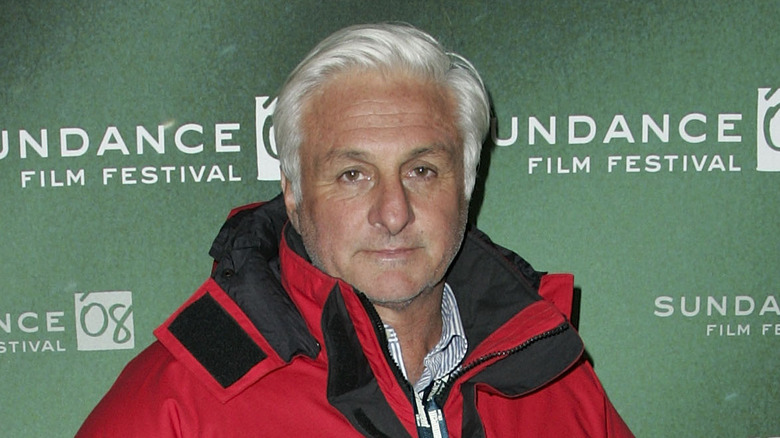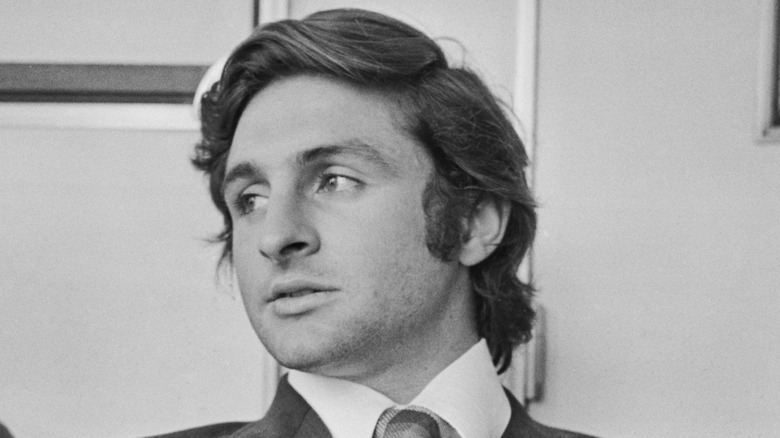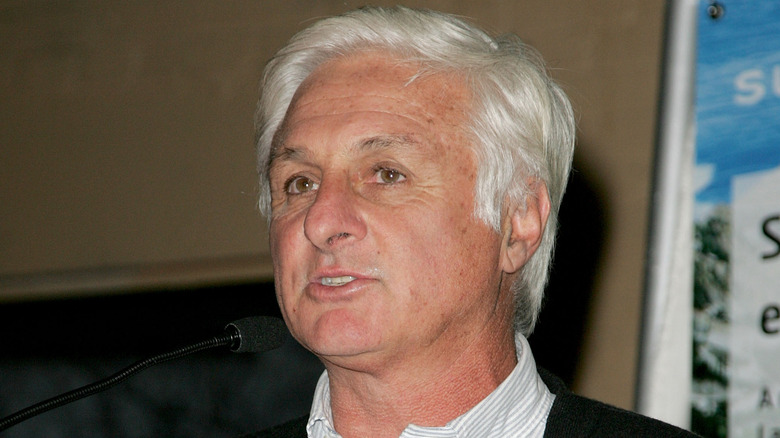What Happened To Roberto Canessa After The Crash Of Flight 571?
How far would you go to survive? That was the question survivors of Flight 571 faced when their plane slammed into an Andean mountain in 1972. All aboard were presumed dead, and most of the passengers and crew — including members of the Old Christians Club rugby union team — either died in the crash or in the harsh conditions at high elevations.
More than two months later, and with next to no supplies, surviving passengers Roberto Canessa and Fernando Parrado hiked 10 days though ice and snow to get help. If not for their bravery, the lucky few who remained likely would have also perished, The New York Times reported that year. Once the passengers of Flight 571 emerged, the world learned the difficult truth: Canessa, Parrado, and others resorted to cannibalism, eating those who died either in the wreck or afterward.
The Flight 571 wreck was at 12,000 feet in elevation, and temperatures dipped as low as 9 below zero. Many who lived knew those who didn't make it. In 2022, one survivor — Ramon Sabella — called eating human flesh "terrible" and "repugnant." The starving survivors soon got used to it, though. Those consumed "kept us alive," Sabella said (via New York Post).
Canessa met one-on-one with the families
In the aftermath of their miraculous rescue, Roberto Canessa, a medical student at the time, faced an awful task — speaking to the families of those who died, some of whom were eaten. "I had to go to their families later to explain," Canessa told The Independent in 2022. He said those who survived made a pact: Should they die, the same thing would happen to them.
"[T]hank God, people were very receptive and very supportive and they consider what we did something we had to do so everything went very smoothly," Canessa told People in 2016. According to the 2006 book "The Go Point: How to Get Off the Fence by Knowing What to Do and When to Do It" by Michael Useem, it was Canessa himself who saw clearly how dire the situation was and told the others cannibalism was their only option. "It is meat. That is all it is," Canessa said.
After the rescue, Canessa recalled telling his mother what happened. '"I told her, 'Mother, we had to eat our dead friends,' and she said, 'That's okay, that's okay, sweetie,'" Canessa said (via People). Alone on the mountain, they "were in a very vulnerable situation," he added.
He ran for president of Uruguay in 1994
Though he lost, in 1994, Roberto Canessa parlayed continued interest in Flight 571 and his career as a medical doctor into a bid for the Uruguayan presidency, according to the Chicago Tribune. Canessa ran in the Blue Party, which he also founded. Before the election, Canessa said (via the Tribune), "I don't even know how many votes I'm going to get. But you can't expect apples when you have just planted the seed."
In 2017, Canessa also published a memoir — "I Had to Survive: How a Plane Crash in the Andes Inspired My Calling to Save Lives" — about the Flight 571 experience and how it shaped the remainder of his life. He went on to become an acclaimed pediatric cardiologist, according to Simon & Schuster, and to this day, he often speaks publicly about the harrowing experience.
Among other examples of how Canessa continues to tell the story of Flight 571 — both for those who survived and those who perished — he contributed, along with other survivors, to the 2023 "Prisoners of the Snow" documentary from Disney's ABC News Studios. And in 2022, Canessa reflected on what the Flight 571 tragedy taught him, speaking with German news outlet DW.
At that time, Canessa said, "You can't just sit there and wait for the helicopters to come, you have to start looking yourself, on foot if necessary. That's how we learn how to get things done and achieve our goals." As of 2016, Canessa and other survivors still met yearly.


